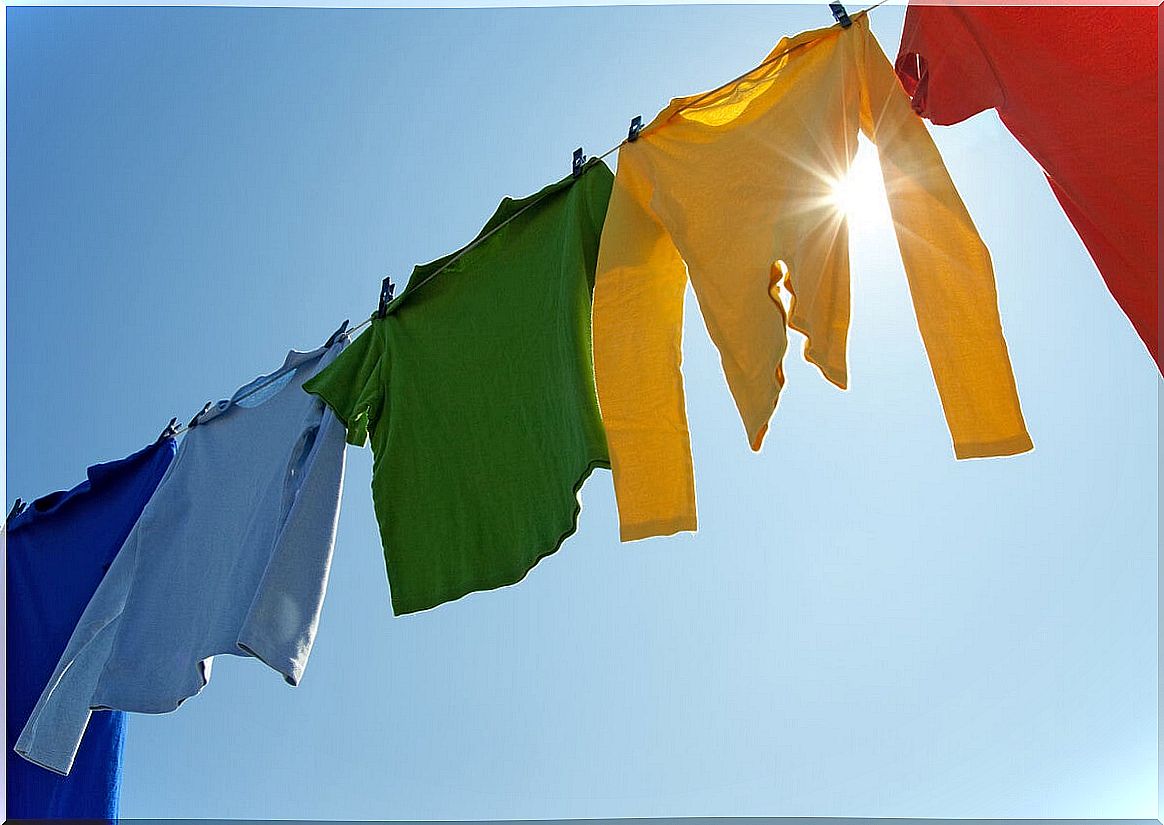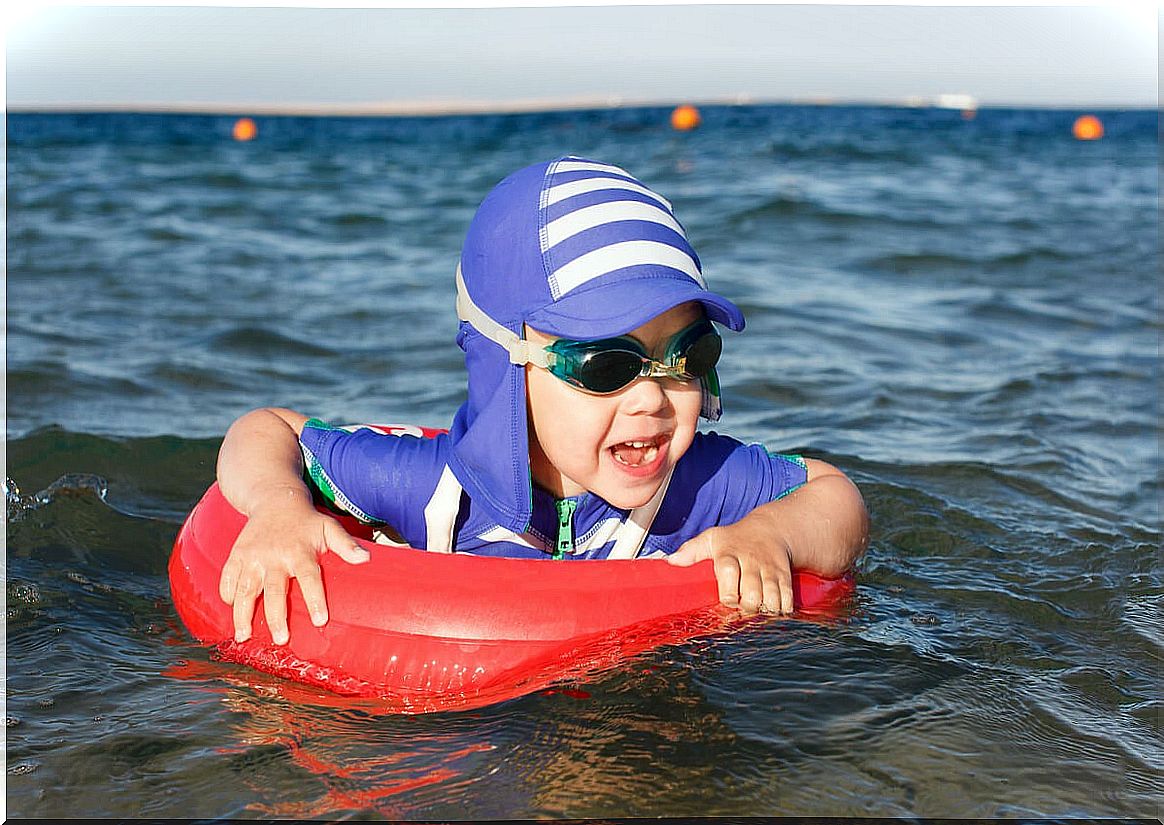Do Clothes Protect Us From The Sun?
There are those who consider that clothing is a physical barrier to avoid the attacks caused by the sun’s rays. However, not all fabrics are useful. What should we know about it?

When we talk about sun protection, the first thing that comes to mind are the creams specialized in it. However, beyond using this product, there are other useful measures to mitigate the negative impact of UV rays. How true is it that clothing protects us from the sun?
Actually, more than we imagine. Entities such as The Skin Cancer Foundation emphasize that the garments are “the first line of defense against the sun.” Even, as long as the right fabrics are chosen, they become safer than the sunscreen itself.
Why is it said that clothing protects us from the sun?
The main reason why clothing protects us from the sun is because it mitigates the impact of UV rays on the skin. It stands out above sunscreen, as most people do not know how to use this product properly.
Now, although it is a fact that garments are a protective barrier against the sun, it must be taken into account that not all types of fabrics work. As with sunscreen, there is some variation with respect to its photoprotective capacity.

What type of clothing protects us from the sun?
In general, for clothing to fulfill its function of protection against the sun, it is necessary to consider certain factors: manufacturing materials, colors, size and fit. From this, there may or may not be sufficient protection against ultraviolet rays.
Materials
Clothing made of polyester, lycra, nylon, and acrylic appears to provide more protection than clothing made of cotton. The latter may contain natural lignins that act as absorbers for ultraviolet rays. In contrast, shiny fabrics reflect radiation and mitigate its impact.
It is also convenient that we opt for tight knit garments, such as jean or cloth, since their holes are smaller between threads and block the sun more. Instead, loose fabrics such as silk and lace facilitate their impact.
Colors
Contrary to what many think, light clothing is not the best for times like summer. Bright or dark colored fabrics absorb more UV radiation than pale colored fabrics. In particular, red, black, navy blue, and satin shades are good choices.
Size
For obvious reasons, the garments whose sizes reach greater coverage are the best to protect us from the sun. Considering this, we must opt for long-sleeved shirts, pants and long skirts.
Adjustment
Regarding the fit of the garments, the best ones will be those that are loose. Garments that are too tight can deteriorate due to the effort we make when using them. This force that we apply to them causes the fibers to stretch or tear, which facilitates the passage of UV rays.
Activity
Something that we cannot ignore when we look for sun protection with clothes is the activity we are doing. Regardless of whether it protects a lot or not, when it gets wet it reduces its protective effect, since it becomes more transparent. Therefore, it will need to be changed as soon as possible.

High UPF clothing protects us from the sun
In clothing, the ultraviolet protection factor (UPF) is what determines how much a fabric can mitigate radiation. Thus, it is convenient to choose UPF 50 fabrics, which block both UVB and UVA rays by up to 98%.
Currently, there are several companies that manufacture garments intended to provide sun protection. It is common for them to have this information on their label, which is provided by entities such as The Skin Cancer Foundation . If the fabric reaches UPF 30, it gets a recommendation stamp; meanwhile, if it has 50+ UPF, it is rated excellent.
Sunscreen is still necessary
Although clothing has a broad UV protection factor, it is necessary to reinforce skin care with sunscreen. As stated in a publication in the Journal of Clinical and Aesthetic Dermatology , this product protects against photodamage and reduces the risk of premature aging and skin cancer.
Its daily application, even on cloudy days, is essential. In addition, on hot days or during the summer, we must use it more regularly, at least every two hours. Finally, we can complement the care with the use of wide-brimmed hats and sunglasses with sunscreen.









